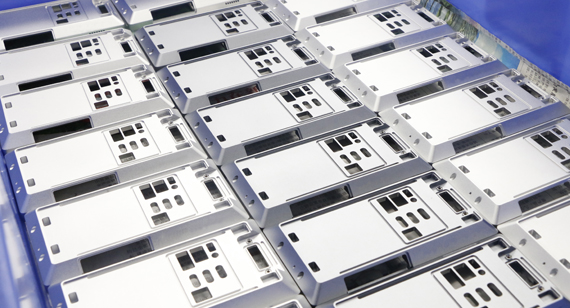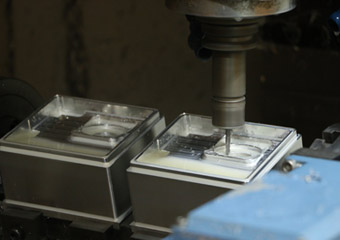15 years one-stop China custom CNC machining parts factory

Hey there I’m VMT Sam!
With 25 years of CNC machining experience we are committed to helping clients overcome 10000 complex part-processing challenges all to contribute to a better life through intelligent manufacturing. Contact us now
 141 |
Published by VMT at Apr 13 2024
141 |
Published by VMT at Apr 13 2024
In the realm of precision CNC machining part manufacturing, cost control and pricing strategy are pivotal for the survival and growth of CNC machining factories. Recently, there has been a phenomenon observed in the market: products with material costs of 4 yuan, polishing costs of 2.5 yuan, and oxidation costs of 3.5 yuan are being sold at a price of 11 yuan. This has sparked deep discussions within the industry regarding CNC machining costs and pricing strategies. This article will analyze this issue from a professional perspective and explore rational pricing methods for CNC machining parts.

I. Analysis of CNC Machining Cost Composition:
The cost of CNC machining parts mainly comprises the following aspects:
Material Costs: This is the fundamental and indispensable cost in the manufacturing process, including expenses for material procurement, transportation, and storage. Material selection directly affects the quality and performance of products. Therefore, considerations of physical and chemical properties, as well as cost-effectiveness, are essential when selecting materials.

Machining Costs: This includes the operational costs of CNC machine tools, tool wear, and the use of fixtures and auxiliary tools. While CNC machining is a high-precision and efficient process, it requires significant equipment investment and technical support. Therefore, processing costs constitute a considerable proportion of the total cost.

Surface Finishing Costs: Surface treatment processes such as polishing and oxidation aim to enhance the appearance quality and corrosion resistance of parts. Although these post-processing techniques do not alter the dimensions and shapes of parts directly, they are crucial for increasing product value and market competitiveness.

Other Costs: These encompass labor costs, management expenses, taxes, and other incidental costs. While seemingly trivial, these costs also have a significant impact on the total cost over the long term.
II. Pricing Strategy and Market Positioning:
In addition to understanding the cost composition of CNC machining parts, considerations of pricing strategy and market positioning are essential. A reasonable pricing strategy not only enables CNC machining factories to achieve profitability but also enhances product competitiveness in the market.
Cost-Plus Pricing Method: This is a common pricing approach where a certain percentage of profit is added to the cost base to determine the selling price. While this method is straightforward, setting the profit margin should consider market competition, customer demand, and the factory's actual operating conditions.
Market Competition Pricing Method: This involves setting prices based on the selling prices of similar products in the market. This method requires CNC machining factories to have in-depth market understanding and accurate judgments to maintain competitiveness while achieving profitability.
Value-Based Pricing Method: Emphasizing the unique value and additional value of products by providing high-quality, high-performance products to gain customer recognition. This method requires CNC machining factories to possess strong research and development capabilities and production technologies to create competitive products in the market.

III. Reflections on Low-Pricing Strategies:
Returning to the case mentioned at the beginning of the article, a selling price of 11 yuan is evidently lower than the total cost of the product (4 yuan material cost + 2.5 yuan polishing cost + 3.5 yuan oxidation cost = 10 yuan). Such low-pricing strategies may stem from various reasons, such as factories aiming to attract customers or expand market share through low prices, or resorting to low-pricing strategies due to intense competition to maintain survival. However, prolonged low-price sales may not only lead to factory losses but also compromise product quality and brand image.
Therefore, CNC machining factories should consider various factors such as costs, market competition, and customer demand when setting prices, devising reasonable pricing strategies that ensure profitability while meeting market needs. Additionally, factories should continually improve their technical expertise and production capabilities to reduce production costs, enhance product quality and value, thereby maintaining a competitive edge in the intense market competition.
Conclusion:
CNC machining is not free, and each machining process incurs corresponding costs. When setting prices, CNC machining factories should consider the cost composition and market demand, devising reasonable pricing strategies. While low-price strategies may attract customers in the short term, they are not conducive to the healthy development of factories in the long run. Therefore, we should discard the misconception that "CNC machining is free" and adopt a professional attitude and scientific approach to pricing, promoting the healthy development of the CNC machining parts manufacturing industry.
Ready To Start Your Next Project?
Get Instant Quote

Request a Free Quote
Send us a message if you have any questions or request a quote. We will get back to you ASAP!